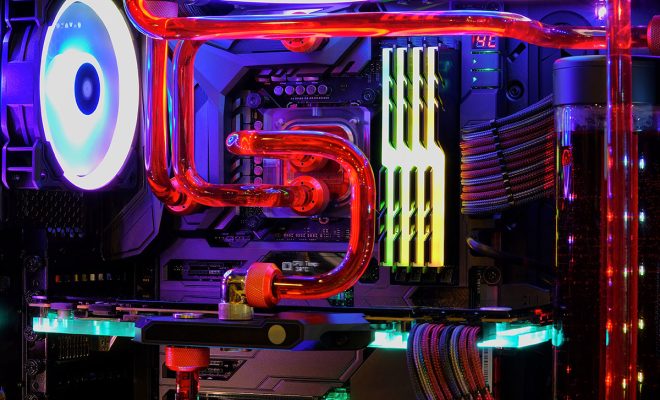What Is a Water Cooled PC and Should You Build One?

When it comes to building a PC for gaming or other high-performance tasks, one option that many enthusiasts consider is a water-cooled PC. But what exactly is a water-cooled PC, and why might you want to build one?
A water-cooled PC, as the name suggests, uses liquid cooling to dissipate heat from important components such as the CPU and graphics card. This is in contrast to standard air cooling, which relies on fans to push hot air away from these components.
The benefits of water cooling over air cooling include lower temperatures, quieter operation, and potentially more overclocking headroom as a result. However, there are some important things to consider before diving into a water-cooling build.
First and foremost, building a water-cooled PC can be more expensive and complex than building an air-cooled one. You’ll need to purchase a water block for each component you want to cool (such as the CPU and GPU), as well as a radiator, pump, and tubing. There’s also a greater risk of leaks or other malfunctions that could harm your components, so it’s important to approach a water-cooling build carefully and with proper preparation.
Another factor to consider is whether you really need water cooling. If you’re planning to overclock your components to the max and need to keep temperatures low, or if you simply want a quieter build, then water cooling could be worth considering. However, for most users, air cooling is perfectly adequate and more affordable.




